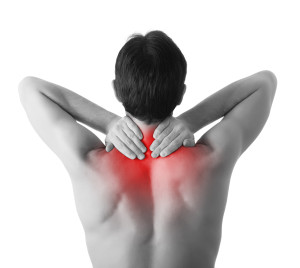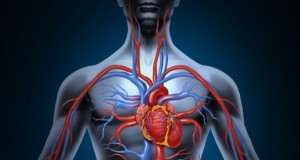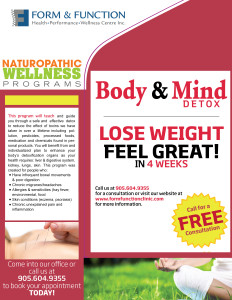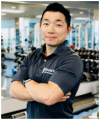4 Benefits of a Deep Tissue Massage
By John Li, Registered Massage Therapist (RMT)Massage therapy is the manipulation of soft tissues of the body including, muscles, connective tissues, tendons, ligaments and joints. Massage Therapy is a clinically-oriented healthcare option that helps alleviate the discomfort associated with every day and occupational stresses, muscular over-use and many chronic pain conditions. Receiving routine massages will maintain the body’s well-being.
Getting a deep tissue massage, where the therapist works on deeper layers of muscles, fascia, and myofascial layer can be advantageous.
- Deep tissue massage offers stress relief
Everyone experiences stress from everyday life demands. Deep tissue massage can ease the stress in a healthy manner, by relieving physical stress from the body. When the body is relaxed, it improves mental health as well.
- Deep tissue massage eases pain
Deep tissue massage uses techniques that focuses on key target areas and may be able to lessen pain. Deep tissue massage can be used for conditions such as fibromyalgia, tennis elbow, chronic pain – like low-back pain, and can provide pain relief.
- Deep tissue massage makes movement easier
Scar tissue forms around injuries and damaged muscles, ligaments, or tendons. Deep tissue massage can help make movement easier and promotes greater range of motion.
- Deep tissue massage can lower heart rate and blood pressure
Deep tissue massage can use gentle yet sustained pressure to release pooled blood and improve blood circulation. Massage can also calm the body, therefore lowering heart rate and blood pressure.














